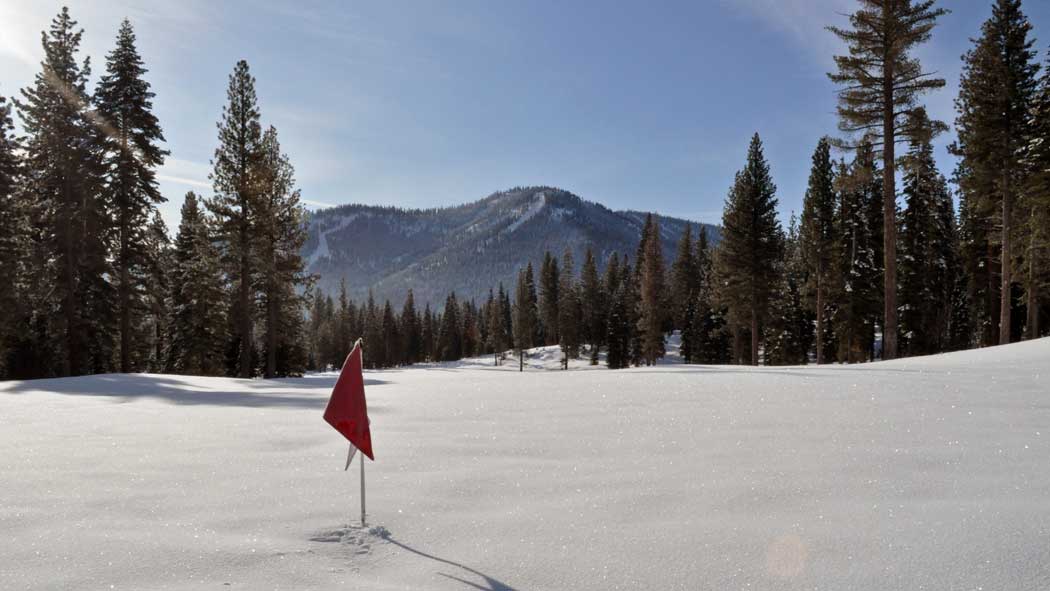Storms and cold temperatures that have been plaguing much of the country since late February are likely to extend the winter season in many areas. What does that mean for your golf course maintenance programs? Here are a few things to watch for
- Desiccation: In parts of the country that blow out irrigation systems for the winter, it is difficult to keep adequate moisture in sections of the course that are susceptible to drying winds and desiccation. Fortunately, most superintendents know from experience exactly where these areas tend to be. Then it is just a matter of filling up the water tank and spot watering the dry areas whenever it is possible to get out onto the course.
- Snow mold disease: Extended winter conditions increase the chances that preventive fungicides have lost effectiveness and there could be some breakthrough infestations of gray snow mold or pink snow mold/Michrodochium patch. A follow up fungicide application is worth considering if there is no snow or ice on the greens.
- Crown hydration injury/ anoxia on greens: Prolonged freezing temperatures increase the chances of ice cover on the greens. Poa annua greens can tolerate ice cover for 40 to 60 days. Beyond that and the greens can die due to anoxia (lack of oxygen and possible build-up of toxic gasses). Another issue on Poa annua greens is crown hydration injury where the freeze thaw cycles damage the growing point (crown) of the turf plant. Both of these issues are more prevalent in low-lying areas of greens with poor drainage, and where there is a buildup of sand on the collars (collar dams) that prevents good surface drainage. In this situation, the focus should be on drainage and getting water off the greens.
Water-logged soils: Turfgrasses vary in their ability to tolerate flooding and water-logged conditions. The main concern with water-logged soils is keeping traffic out of the area to avoid destroying soil structure and creating compacted soil conditions after the water has evaporated.
Anticipating damage and planning a recovery program now can help to address problem areas in a more timely manner. Here are some suggested activities:
- Remove turf plugs from areas that are potentially damaged and plant them in a tray and keep them indoors in a warm location to see if they are still alive and show some growth potential.
- Check you supply of seed and fertilizer in anticipation of repairs.
- Be prepared to aerate and renovate damaged areas when the time is right, and air and soil temperatures are above 50 F.
If you have any questions, feel free to reach out to myself or Kevin Lewis, Ewing’s Tech Team. Email me at pgross@ewingirrigation.com or call/text 714-321-6101. Email Kevin at klewis@ewingirrigation.com or call/text 480-669-8791.




